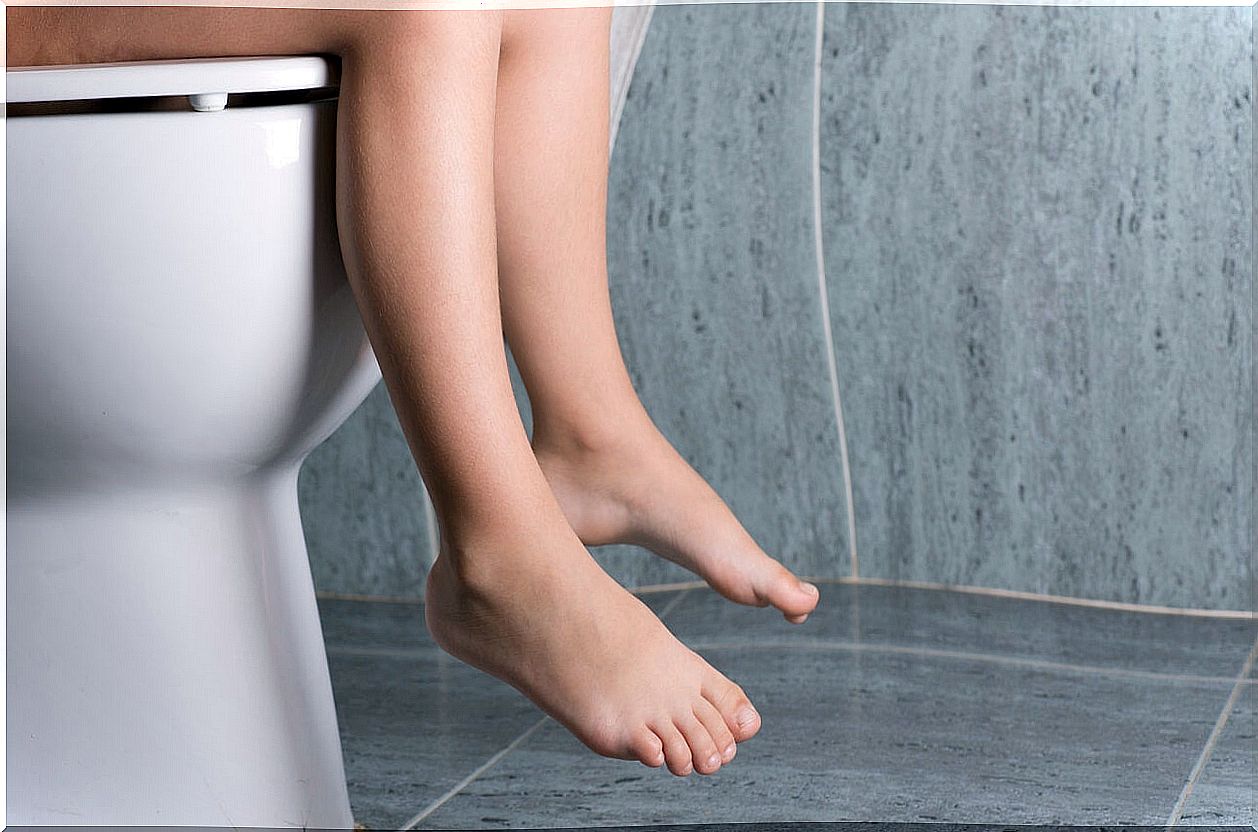Vulvar Synechiae In Girls: Symptoms, Causes And Treatment

Have you ever heard of this term? The vulvar synechiae are acquired abnormalities in the external genitalia of girls characterized by the fusion of the labia minora at either end.
They tend to cause few or no symptoms, so the diagnosis is usually made late. On the other hand, if the parents are attentive or it causes any discomfort, the fact of going to the doctor early allows a timely resolution. This is important, because although complications are rare, they are still possible.
What are vulvar synechiae?

It is a benign gynecological condition that affects young girls, especially between the first and second years of life. In vulvar synechiae, the labia minora, which are part of the external genitalia and there is one on each side, adhere and fuse at one end.
For this reason, the fusion line can span both its upper and lower end and, in general, it tends to lateralize a little towards one of the sides.
Symptoms of vulvar synechiae in girls
In the vast majority of cases, vulvar synechiae cause no symptoms. Of course, this depends on the extent of the injury and the age of the girl. If the problem persists once you gain the ability to speak and express what you feel, symptoms such as discomfort when urinating, itching, and some pain when sitting or riding a bike are likely to appear.
Many times the diagnosis is made when a complication occurs that makes a medical consultation more necessary. For example, having this condition increases the likelihood of lower urinary tract infections. These are characterized by severe pain or burning when urinating, fever, and changes in the pattern of urine output.
If the fusion of the labia minora extends and becomes almost complete, one of the complications that may appear is the obstruction to the flow of urine, with the consequent retention that this causes. Pain in the lower abdomen (where the urinary bladder is located) is frequent, requiring an urgent medical evaluation.
Most common causes
Vulvar synechiae are always acquired. This means that they appear at any time after birth and, in general, it is not common for them to appear in the first weeks of life. For this reason, if lesions similar to this condition are observed during a routine medical evaluation, it is likely that it is a different congenital abnormality.
Now, what are the causes of this disease? Any injury or local trauma capable of producing inflammatory reactions can cause adhesion of the labia minora. For example, when there are persistent diarrheal episodes or vulvovaginitis, a vulvar synechia can occur.
Which is the best treatment?

It is a benign condition that, although it usually causes few symptoms, requires treatment to avoid the appearance of complications in the future. This depends a lot on the extent of the injury and the clinical picture. According to a publication from the Pontificia Universidad Católica de Chile, the most used measures are the following:
- Non-pharmacological treatment includes basic hygiene measures to prevent the initial situation from worsening. Daily washing with water and timely diaper replacement are the easiest measures that can be implemented in almost any home.
- At the doctor’s office, a petroleum jelly swab can be used to apply pressure along the scar to gradually release the vulvar synechiae.
- On the other hand, pharmacological measures include the topical application of steroids. These drugs have anti-inflammatory properties, so they would facilitate the elimination of adherence after 1 or 2 weeks. Due to its adverse effects, it is an alternative therapy that cannot be prolonged too long.
A common and easy-to-solve condition
Vulvar synechiae do not usually pose a problem, but due to the risk of developing discomfort and complications in the future, it is advisable to see a doctor once the injury is detected.
It is convenient that parents are familiar with the normal anatomy of the area, in addition to making periodic evaluations during baths. This will allow to detect abnormalities and go to the pediatrician early.










